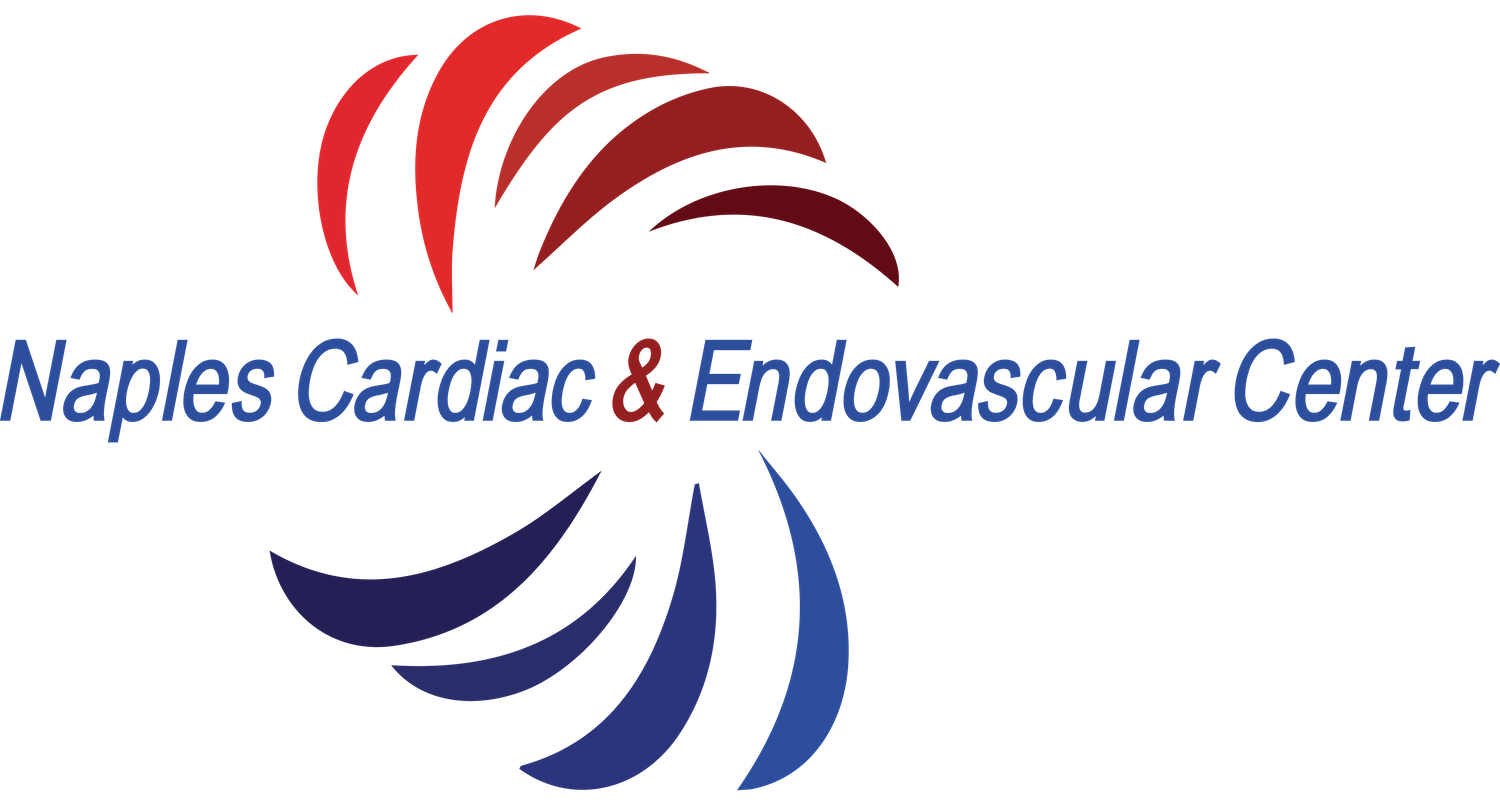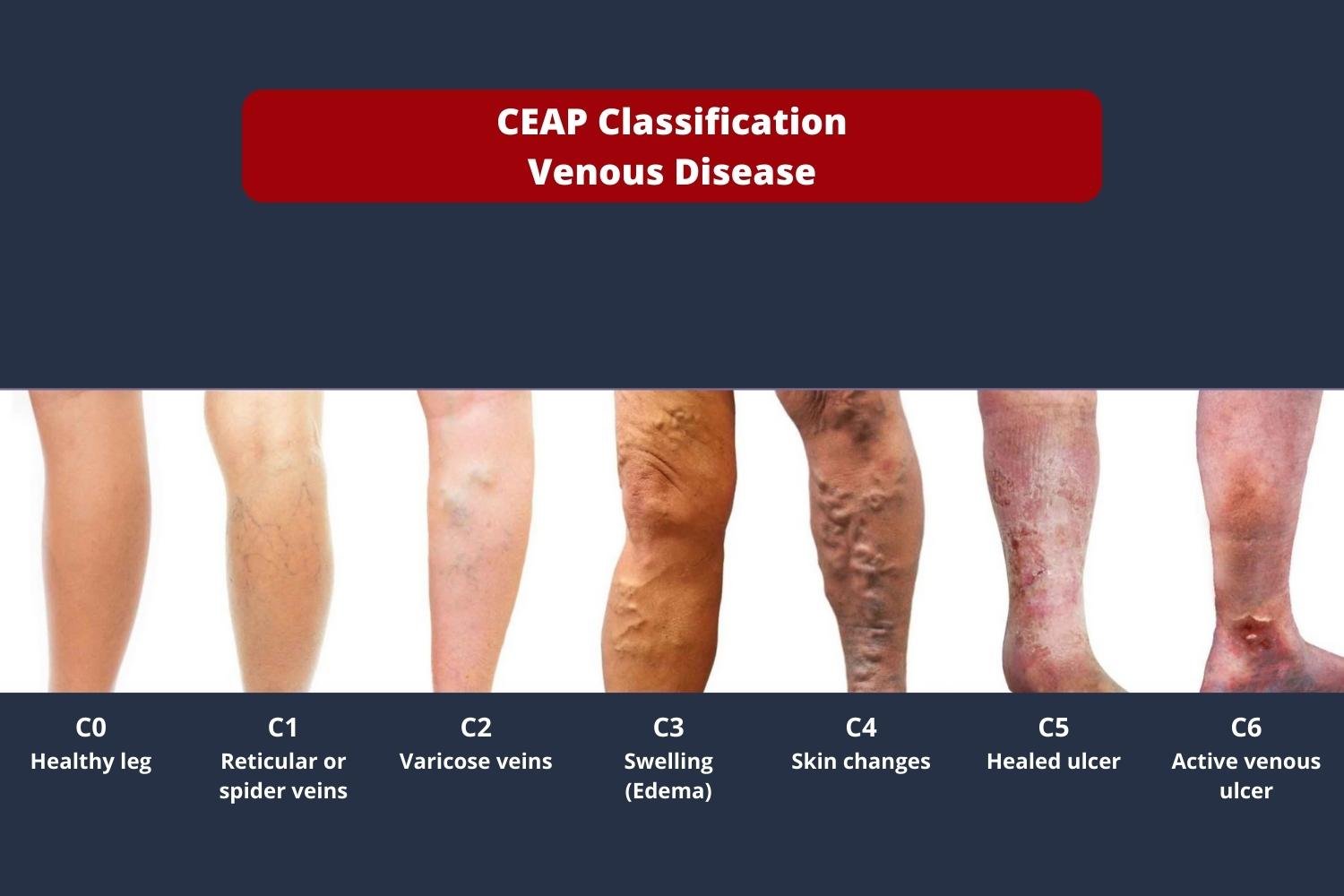Venous disease overview
Your veins (Latin “veno”) are a complex network of vessels that carry deoxygenated blood from your organs and tissues back to your heart.
Dr. Julian Javier talks about some of the causes, symptoms and treatment options for venous disease.
We are a team of vein specialists
At the Naples Cardiac & Endovascular Center (NCEC), we offer comprehensive evaluation and management of superficial and deep venous disease. We are highly trained, qualified and have extensive experience to evaluate and make management recommendations regarding your specific venous condition.
What makes NCEC different than other vein specialists is that we are cardiac and vascular specialists. Heart, veins and arteries are all part of the same complex network closely related to each other.
What are venous diseases?
Your upper and your lower extremity venous systems are composed of superficial and deep veins. Each system (superficial or deep venous system) can be individually affected or both systems can be affected at the same time. Signs and symptoms are determined by the amount of time with venous disease, severity, location and mechanism of your venous problem.
Superficial venous disease
Superficial venous disease problems are primarily due to insufficient valves inside your veins (“reflux” or “leaking”); the etiology of this problem is variable.
They can be as simply as just having spider veins, to as severe as developing large skin ulcers in your legs. They can cause swelling, ankle edema, darkening of the legs skin, white spots and painful bulging veins that can lead to occasional bleeding.
Julian J. Javier, MD and Zulay Zayas, ARNP have decades of combined expertise managing superficial venous disease patients. Dr. Javier is considered an expert in venous disease, well-known nationally and internationally, author of numerous articles and book chapters in vascular disease and a frequent speaker in national and international conferences about his procedural techniques.
Deep venous disease
Deep venous disease problems are primarily due to deep vein obstruction; the obstruction can be due to a new or prior deep venous thrombosis (DVT or “blood clot”) or compression of your vein by an external element, like an adjacent artery or mass (compression syndrome, May-Thurner Syndrome).
Leandro Perez, MD, is a board-certified, fellowship-trained endovascular specialist who can offer a guideline-directed, individualized approach to the evaluation and management of your deep venous condition.
Common venous conditions, tests & treatments
Our team offers comprehensive “patient-centered” venous care, from checking blood flow to providing screening, treatment, and care of your condition.
Dr. Leandro Perez explains the CEAP classification for venous diseases.
Conditions
Deep Vein Compression
Superficial venous testing
Venous Duplex Ultrasound with Distal Augmentation (Doppler)
Deep venous testing
Superficial venous treatments
Conservative (non-procedural) options
Limb elevation
Ambulation/exercise
Weight loss
Interventional (procedural) options
Micro Sclerotherapy
Foam Sclerotherapy
Endovenous Thermal Ablation
Endovenous Non-Thermal Ablation
Deep venous treatments
Conservative (non-procedural) options
Limb elevation
Ambulation/exercise
Weight loss
Interventional (procedural) options
Catheter-Based Thrombectomy












